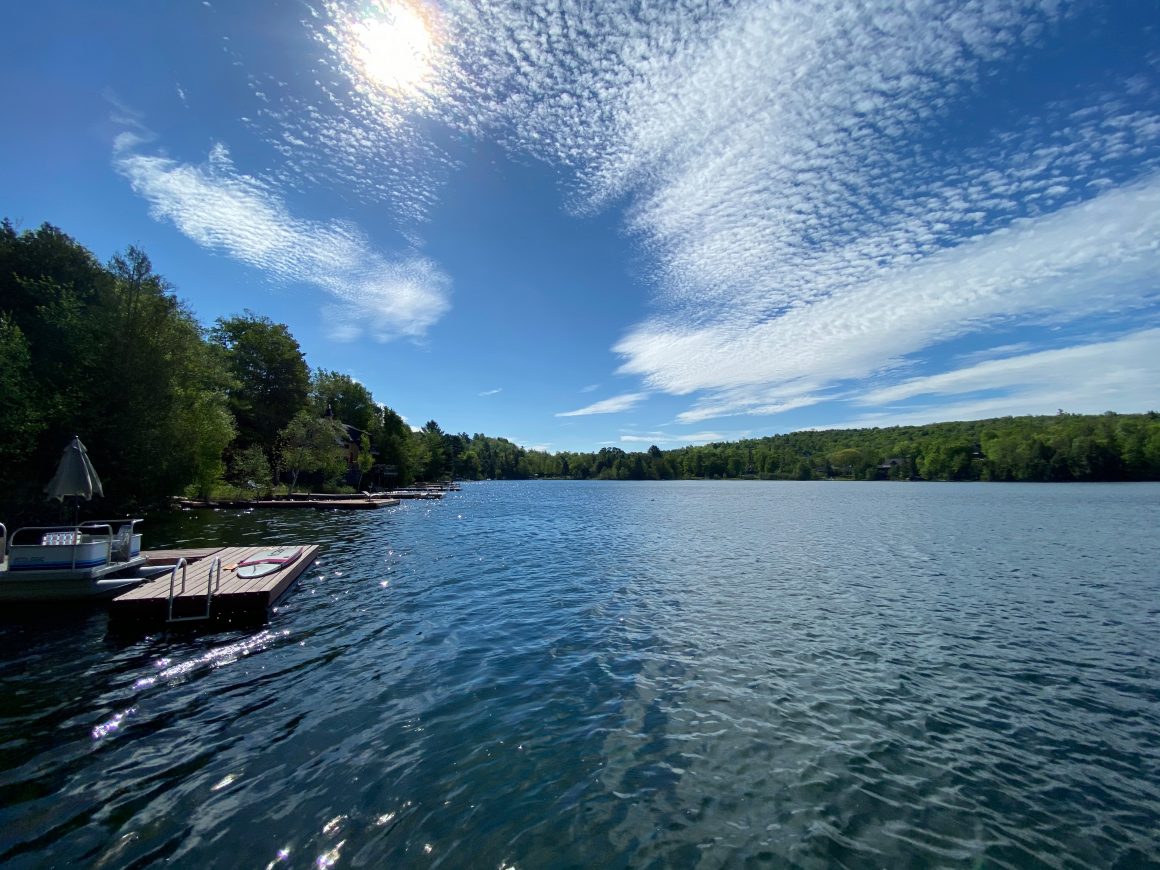This summer, APLM board members volunteered to monitor the water quality of our lake. Steven Nakashima, Sophie de Caen, and Andrew Tesla took water samples to determine several physical/chemical characteristics that can indicate the level of health of our lake. We worked with the Voluntary Lake Monitoring Network (VLSN), under the auspices of the Ministry of the Environment and the Fight against Climate Change.
In collaboration with its partners, the RSVL has four objectives: 1) To acquire data to establish the trophic level of many lakes and to monitor their evolution over time; 2) Identify lakes showing signs of eutrophication and degradation; 3) Educate, sensitize, support, and inform residents’ associations and other participants; 4) Provide a general portrait of the situation of resort lakes in Quebec.
To take full advantage of participation in the RSVL, our board aims to collaborate with the ministry over the long term. Responsibility for these activities is shared as follows:
For the RSVL team at the ministry: Coordinate and supervise the network; supporting residents; interpret data and communicate results; provide design support tools; Join forces with competent local partners to complement support for residents.
For our association: Collect water quality samples and transparency measurements at a station that is usually located in the deepest area of the lake; Conduct measurements and field observations following the protocols provided to them for total phosphorus, chlorophyll A, dissolved organic carbon and water transparency.
Except for water transparency, other water analyses are carried out by the Ministère’s laboratory, the Centre d’expertise en analyse environnementale du Québec (CEAEQ).
To support the monitoring and protection of the lakes, the ministry is assuming 75% of the costs of the RSVL for the next three years. As a result, our association contributed $125.73 to conduct laboratory testing in 2021. In addition to the cost of testing three samples per station, this amount includes accompanying documents, sample transportation costs and taxes.
During the summer of 2021, three sets of samples were collected by APLM volunteers for total phosphorus, dissolved organic carbon and chlorophyll A. Samples were collected around 10 a.m. on June 21, July 21, and August 21. Water transparency measures were also taken on the same dates. Further transparency measures will be carried out until mid-October. All data will be compared to similar tests conducted in 2011-15. A summary report will be published later in the fall of 2021 and published in a future communication and on our website. We plan to continue to coordinate with the RSVL so that more samples will be collected in the coming summers of 2022 and 2023.

